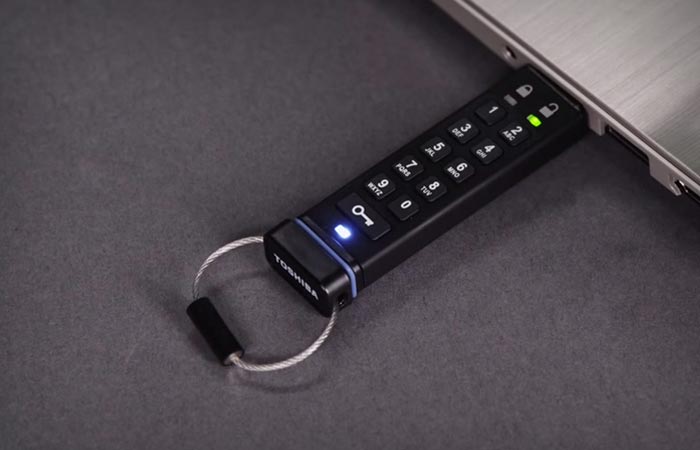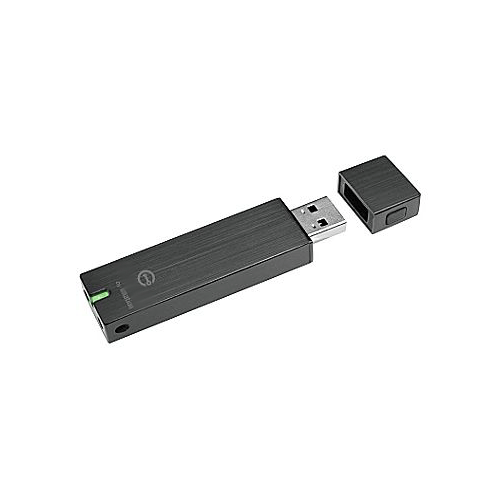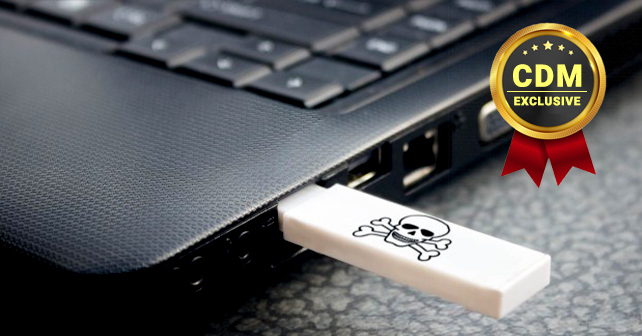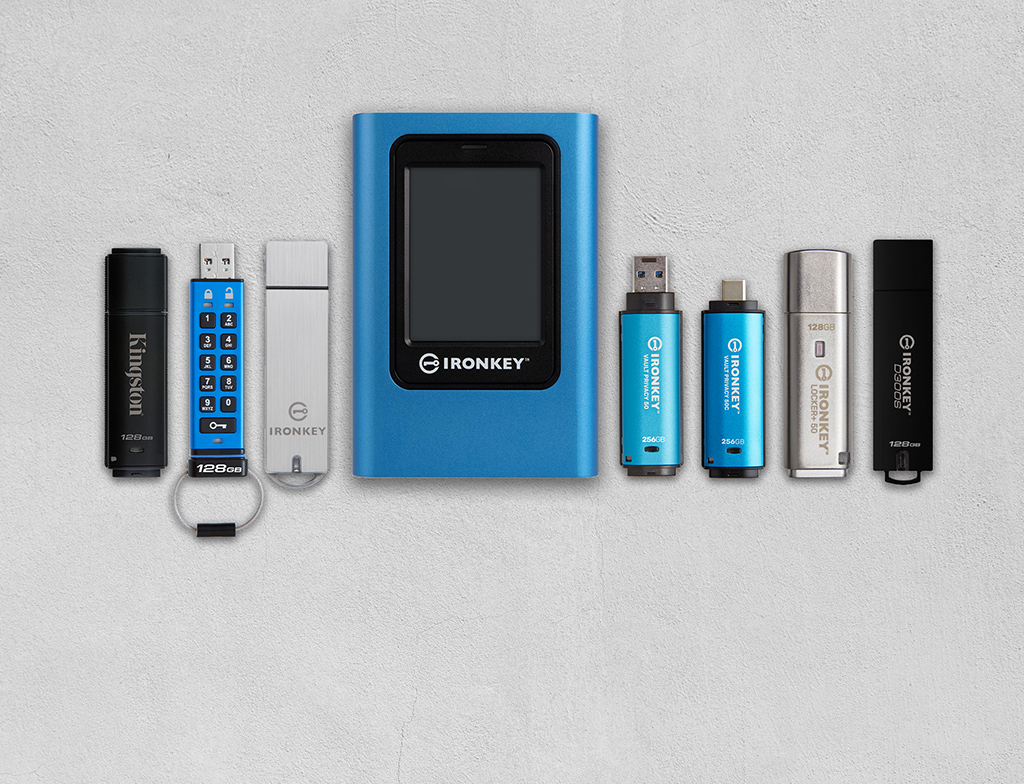


Has the USB flash drive been given an official classification level by a national and international government agency? Please check this on the relevant website or ask the supplier or manufacturer.Don't be immediately seduced by marketing texts about these types of certifications Always check or ask about the relevant certificate-numbers. Certification: FIPS says something about safety but an official EAL4/EAL5 certified USB controller is much better.There are also other options you can pick to automatically unlock the drive on your computer, or if you forgot the password, you can enter the recovery key instead.To determine if a USB sticks truly secure, you can ask the following questions: You’ll also be prompted to enter the password you created initially each time you plug in the encrypted USB drive. If you open This PC by the lock symbol, you’ll know the drive is securely encrypted. The speed by which it encrypts your drive may move fast or slow depending on the size of your USB drive, the amount of data you have stored on it, and the system specs of your machine. The next step is to encrypt the USB drive.Select the 256-bit XTS-AES encryption mode (with an improved algorithm, it also offers integrity support).Here, you have two options: select the entire drive or the used space only. Next, select how much of your USB drive you’d like encrypted.You can save this key or print it out and store it someplace safe instead of storing it in the cloud.

This key allows you to access the USB drive in the event that you lose the encryption password you entered in the previous step. You’ll get a prompt to back up a recovery key.

A USB drive is a portable device that offers a convenient way of storing and/or transferring your data, though this can come with several security risks.


 0 kommentar(er)
0 kommentar(er)
